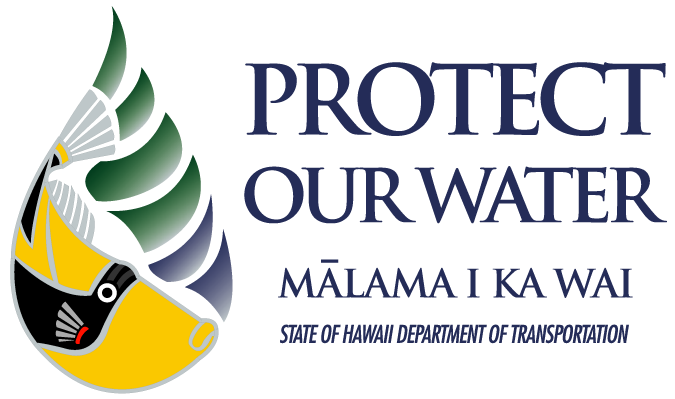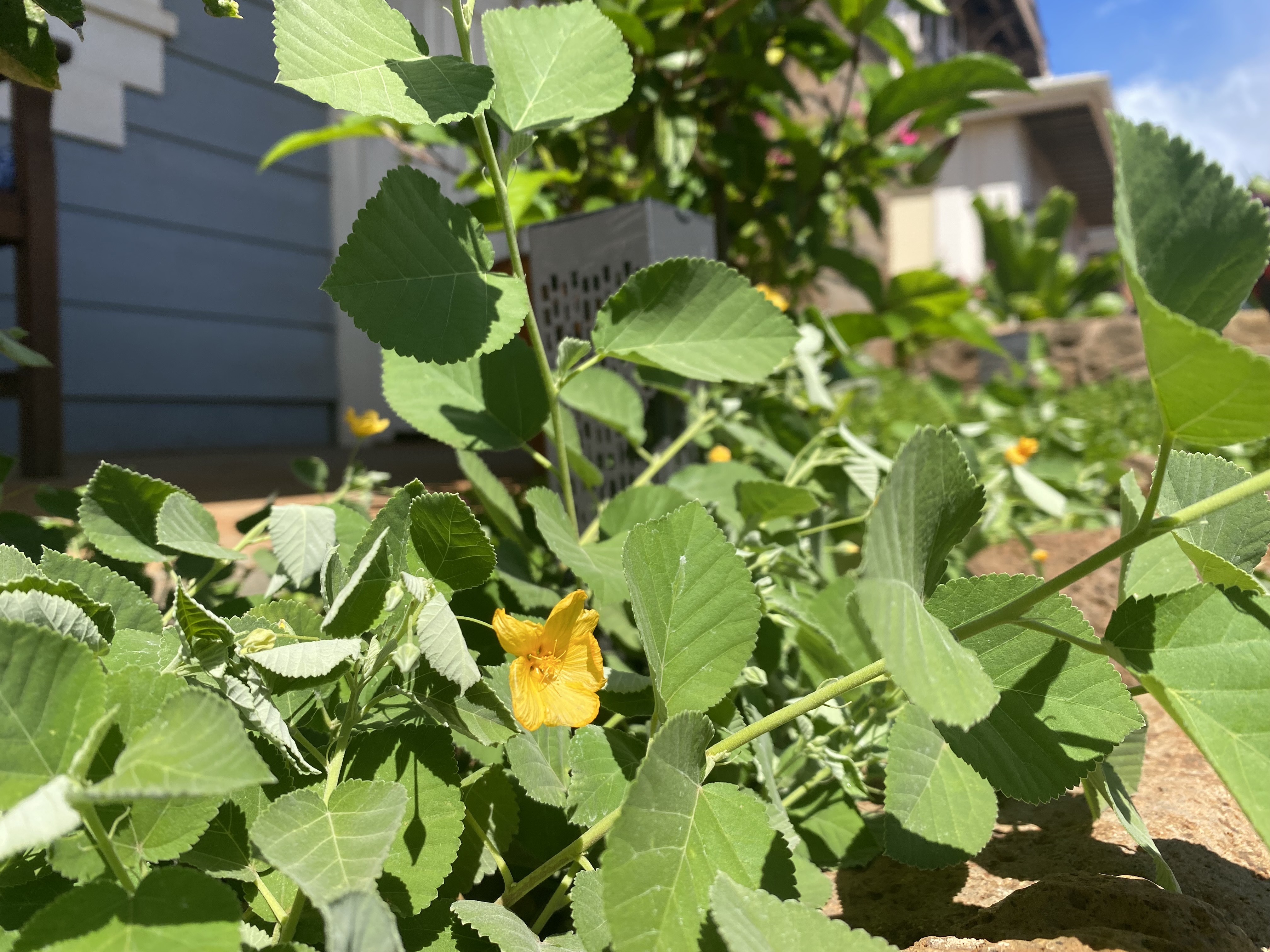With all of Hawaiʻi’s rain and wind, erosion can be a big concern for many landowners. Erosion is the wearing away of land surface by rain, wind, or other natural or human-related causes. It causes soil to move from one point to another, which can affect the stability of building foundations, threaten local agriculture, and pollute storm water and our ocean. In the U.S., it is estimated that wind-related erosion and dust alone costs $154.4 billion annually.
Erosion can happen anywhere, including near your home or in your yard. Luckily, there are several ways to prevent and reduce erosion. One way to address erosion is through the use of plants as ground cover, which helps stabilize the soil as their root systems spread and absorb and filter storm water. Other ways to control erosion include building terraces to encourage rainwater to soak in rather than running off, or adding stepping stones or mulch to heavily-traveled footpaths with exposed soil.
If you choose to use a vegetative ground cover, consider using native plants. These will thrive in our natural environment and typically require less water, making them easy to maintain. Here are several plants to consider:
- Koa (Acacia koa)
- Pōhuehue (Ipomoea pes-capre)
- ʻIlima (Sida fallax)
- Pōhinahina (Vitex rotundifolia)
- Maʻo or Huluhulu (Gossypium tomentosum)
In addition to helping with erosion, native plant ground covers promote local ecosystems, minimize storm water pollution and runoff by increasing infiltration and filtration, and bring extra beauty to any space. For more information or recommendations on native plants and where to find them, visit Native Plant Hawaiʻi and Plant Pono.
Sources: Fairfax County, Plant & Soil Sciences eLibrary, Economic costs of wind erosion in the United States, Native Plants Hawaiʻi, Plant Pono


